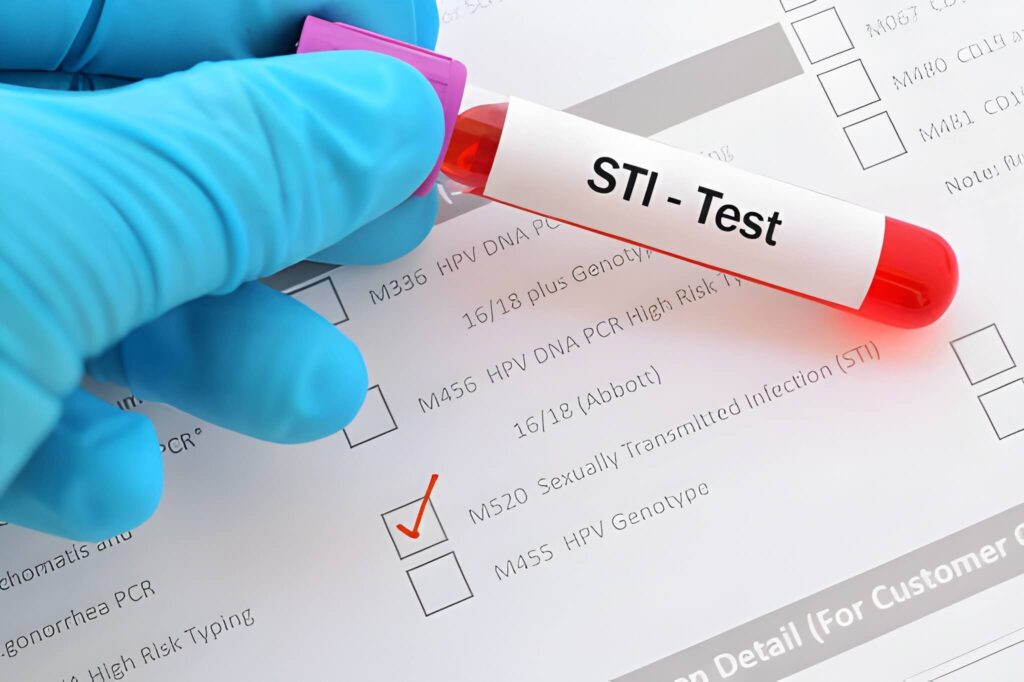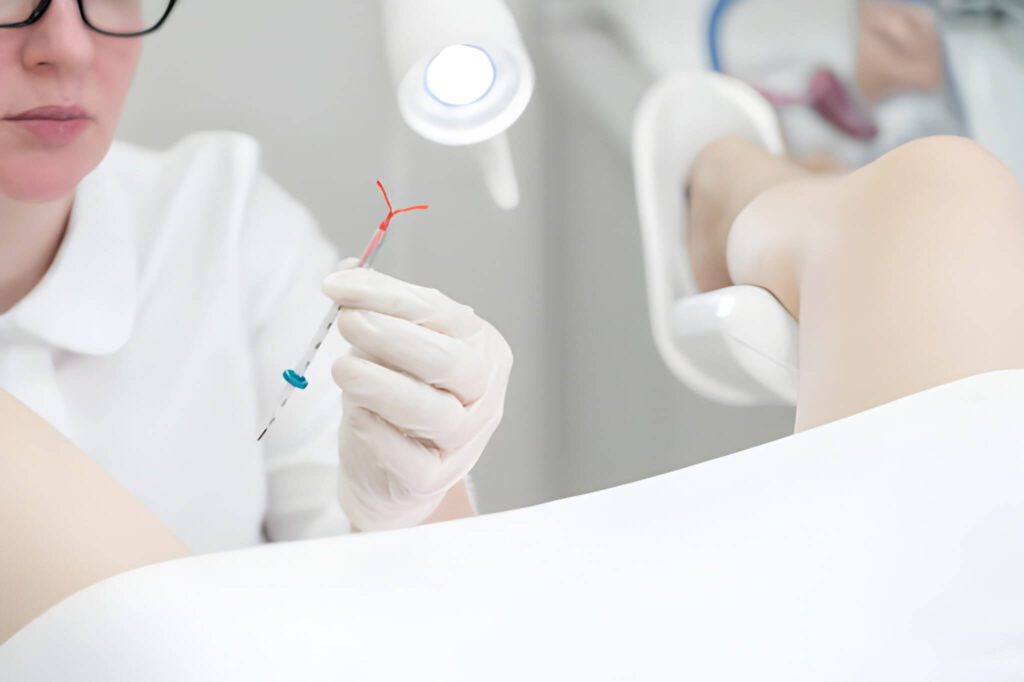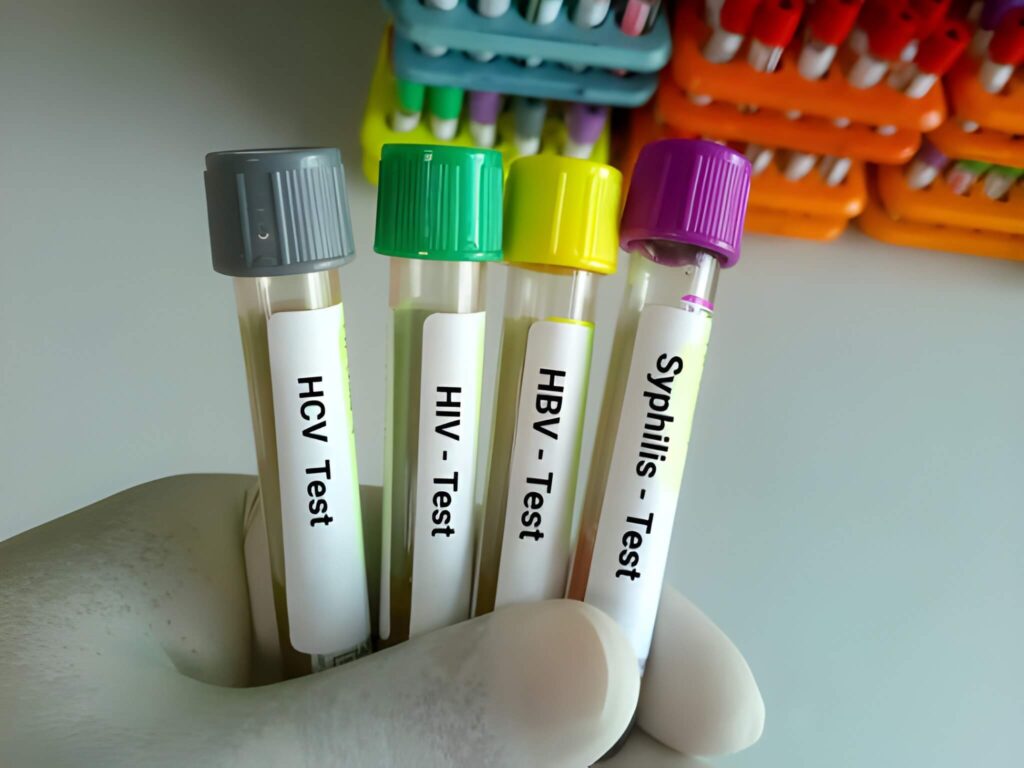Medically Reviewed by Oluwakemi Balogun (Kemi), CRNP, FNP-BC, MSN
Sexually transmitted infections (STIs), often called sexually transmitted diseases (STDs), are among the most common health concerns today. Whether you’ve heard the term “First Lady STI” in conversation or you’re simply looking for clear information about sexual health, it’s important to separate myths from facts. As a healthcare provider, I’ll guide you through what STIs really are, how they differ from STDs, symptoms to watch for, and why early detection matters.
What Does “First Lady STI” Mean?
The phrase “First Lady STI” is sometimes used online or in casual talk, but it does not refer to a specific medical condition. Instead, it highlights the importance of awareness: anyone, regardless of gender, age, or background, can experience an STI. These infections are not confined to one group; they are part of a larger public health issue that affects millions of people each year.
STI vs STD: What’s the Difference?
-
STI (Sexually Transmitted Infection): Refers to the infection itself, which may or may not cause symptoms.
-
STD (Sexually Transmitted Disease): Refers to when the infection causes visible or symptomatic disease.
👉 In other words, you can have an STI without knowing it, which makes routine testing essential.
What Does STD Stand For?
STD simply stands for Sexually Transmitted Disease. Historically, these conditions were called venereal diseases (VD), a term you may still hear. VD sickness or VD disease meaning are just older ways of referring to STDs.
Where Did STDs Come From?
STDs have existed for centuries. Conditions like syphilis and gonorrhea were documented as far back as the 15th century. Today, thanks to research, testing, and treatment, we know much more about their causes—mostly bacteria, viruses, or parasites—and how to prevent them.
Most Common STDs and STIs
Some of the most common STIs include:
-
Chlamydia (bacterial, often asymptomatic)
-
Gonorrhea (bacterial, can cause discharge and pain)
-
Syphilis (bacterial, serious if untreated)
-
Human Papillomavirus (HPV) (viral, can cause genital warts and cancer risks)
-
Herpes Simplex Virus (HSV) (viral, causes cold sores or genital sores)
-
HIV/AIDS (viral, incurable but manageable with medication)
-
Trichomoniasis (parasitic infection, often causes discharge and itching)
Symptoms of STD in Males
Men may experience:
-
Burning during urination
-
Unusual discharge from the penis
-
Sexually transmitted diseases bumps (sores, blisters, or warts)
-
Itching or redness
-
STD in anus symptoms (pain, bleeding, or discharge)
Symptoms of STD in Females
Women may notice:
-
Vaginal discharge with unusual odor or color
-
Burning during urination
-
Pelvic pain
-
Discharge and STDs linked to bacterial infections
-
How do I know if I have an STD female? Testing is the only way to be sure—because many STIs are asymptomatic.
Can You Have an STD Without Symptoms?
Yes. Some infections are asymptomatic STDs, meaning you may not notice signs right away. For example, chlamydia and HPV often show no symptoms but can still cause complications like infertility or cervical cancer if untreated.
This is why regular screenings are so important—even if you feel fine.
How Do I Know If I Have an STD or STI?
The most reliable way:
-
Schedule a test at a clinic or with your healthcare provider.
-
Blood or urine tests can detect many infections.
-
Swabs may be needed for certain conditions.
👉 If you’re asking, “How do I know if I have an STI?” or “Do I have an STI?”, the answer is: get tested.
Signs You Might Have an STD
-
Sores, blisters, or bumps in the genital area
-
Pain during sex or urination
-
Unusual discharge
-
STD def includes any infection transmitted through sexual contact
If you’re wondering, “How do u know if u have an STD?”—the presence of these signs means it’s time to see a provider immediately.
What STDs Are Not Curable?
Some incurable venereal diseases include:
-
HIV
-
Herpes
-
HPV (though some strains clear naturally)
While these cannot be cured, they can be managed with medications that reduce symptoms and transmission risks.
How Long Do STDs Last?
-
Bacterial STDs (chlamydia, gonorrhea, syphilis) can usually be cured with antibiotics if caught early.
-
Viral STDs (herpes, HIV, HPV) are lifelong but manageable.
-
So, how long can an STD last?—it depends on the type, treatment, and when it was detected.
Can You Get an STD Without Intercourse?
Yes. Some infections can spread through:
-
Skin-to-skin contact
-
Oral sex
-
Shared needles
-
Blood exposure
So, “Can you get a sexually transmitted disease without having intercourse?” Absolutely—you can, especially with herpes or HPV.
What Tests Are Done for STIs?
A sexual health clinic may recommend:
-
Blood tests (HIV, syphilis)
-
Urine tests (chlamydia, gonorrhea)
-
Physical exams for sores, bumps, or discharge
Taking Control of Your Sexual Health
If you’re worried about “First Lady STI” or any signs of infection:
-
Schedule a checkup
-
Get tested regularly if you’re sexually active
-
Use protection (condoms, dental dams)
-
Communicate openly with your partner
Final Thoughts
STIs and STDs are common, but they don’t define you. What matters most is awareness, testing, and treatment. If you suspect symptoms or just want peace of mind, don’t delay—book an appointment with a sexual health provider near you.
Your health, safety, and confidence matter. Taking charge today can prevent long-term complications tomorrow.
Disclaimer: This is informational content, not a substitute for professional medical advice.

CRNP, FNP-BC, MSN is a board-certified Family Nurse Practitioner with 16+ years of experience. She provides personalized, high-quality care in family medicine, preventive health, and chronic disease management at MedHaven Health in Glen Burnie, Maryland. Read More







